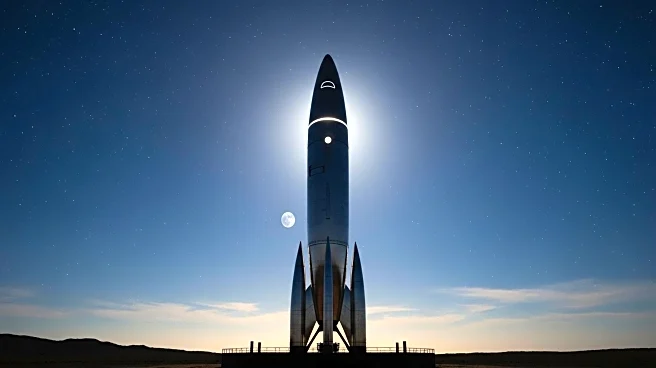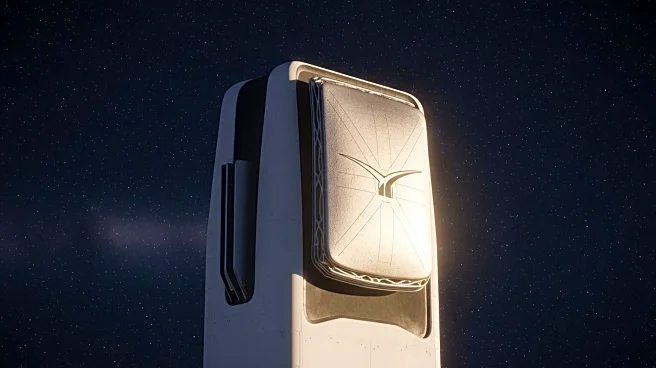What is the story about?
What's Happening?
SpaceX's 10th test flight of the Starship rocket focused on resilience and fault tolerance. The test included intentional faults to assess the heat shield, propulsion redundancy, and engine relighting capabilities. Engineers removed tiles from the heat shield and tested new actively cooled tiles to gather data on thermal protection. The Super Heavy booster rehearsed engine failure scenarios by disabling one of the center Raptor engines and using a backup engine. The test also involved the successful in-space relight of a Raptor engine, crucial for future deep-space missions.
Why It's Important?
The test flight is crucial for SpaceX's goal of developing a fully reusable rocket capable of handling faults without mission failure. This resilience is necessary for the rocket's future role in launching satellites, commercial payloads, and astronauts. The test supports NASA's Artemis program, which relies on SpaceX to develop a reliable heat shield and engine relighting capabilities for lunar missions. SpaceX's approach to testing aligns with NASA's safety standards, ensuring the rocket can safely transport astronauts.
What's Next?
SpaceX plans to incorporate data from Flight 10 into future hardware upgrades, moving closer to routine operations. The next version of Starship, Block 3, will feature a higher-thrust Raptor engine and upgrades to flaps and avionics systems. SpaceX aims to achieve a launch frequency of more than 24 times in 24 hours, as envisioned by Elon Musk. Continued testing and development are essential for achieving these ambitious goals and advancing U.S. space exploration capabilities.
AI Generated Content
Do you find this article useful?













